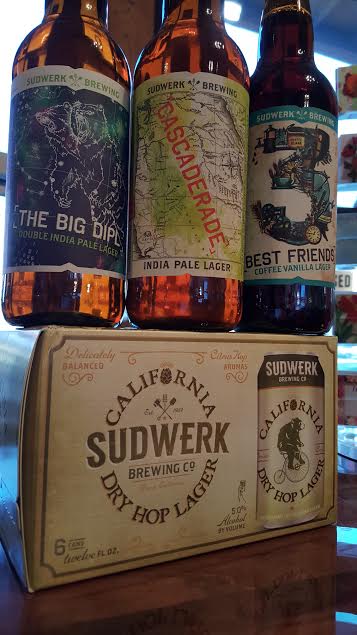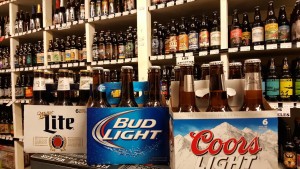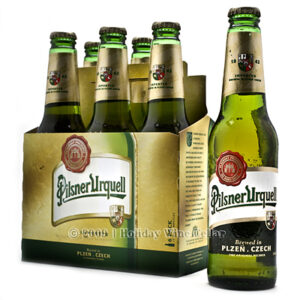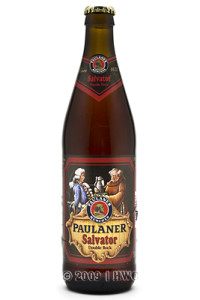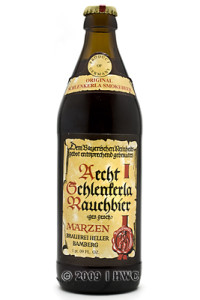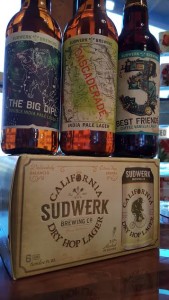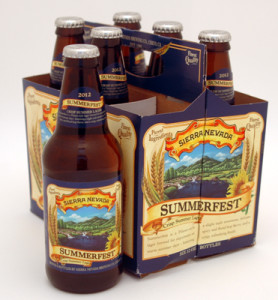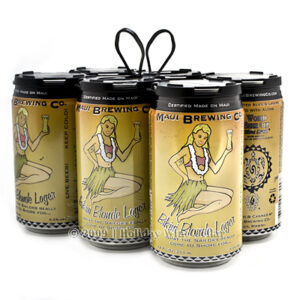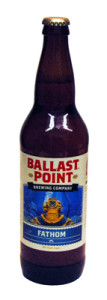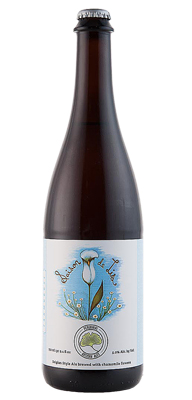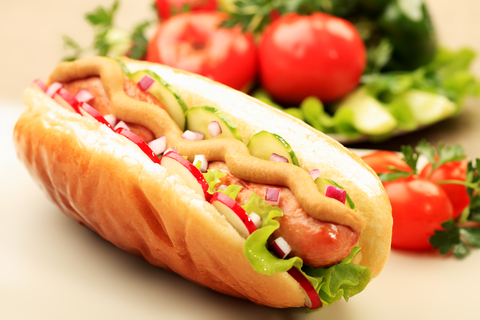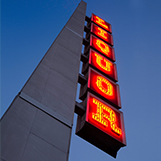Although lagers are slowly becoming more popular throughout the world, lager is a style of beer that is overlooked and underappreciated in the realm of craft beer. Tainted by flavor-devoid, mass-market, macro-brewed beer, the image of lagers has been tarnished to an almost unsalvageable point.
A Little History Lesson
Today’s macro-brewed lagers are essentially a bastardization of a historical German lager. Many German immigrants made their way over to the US in the 1800s, among them were Eberhard Anheuser, Adolphus Busch, Adolph Coors, and Frederick Miller. Are any of these names ringing a bell? These are the founders of the world famous breweries Anheuser-Busch, Coors, and Miller. They brought with them their brewing techniques and recipes. In order to adapt to the variation of ingredients in their new home, they made their own spin on the beers they were raised on, while keeping them authentically German.
A lot has changed since the 1800s, and beer is no exception. Many factors, such as war, government influence, change in consumer tastes, prohibition, and economics have all played a role in reshaping the way lagers are brewed and consumed.
The Main Factor in Bland Lagers
One of the biggest factors of all, however, is the aim of macro brewers (e.g. Bud, Miller, Coors) to appeal to the largest market possible. A very basic concept, and, when one thinks about it, why wouldn’t you want to sell as much of your product as possible? The big consideration to take into account here is that for something to appeal to such a massive audience, it needs to be palatable to said audience. This means that something with any sort of pronounced flavor will invariably not appeal to a mass audience, simply due to the fact that consumers’ tastes vary so greatly.
This has lead these brewers to create something that is severely lacking in flavor, and, while these are not necessarily bad beers, they do lack substance. This, however, is what they have to brew to appeal to the broad range of consumers they aim for because it is something that a broad consumer base can drink without having an aversion to it.
Lager, as opposed to ale, is the perfect beer style for the flavor profile these brewers are going for. The difference is in the fermentation. Lagers are fermented with varying types of bottom-fermenting yeast strains at cooler temperatures, imparting a cleaner, crisper flavor profile onto the beer which is freer of the myriad flavors imparted onto ales by top-fermenting yeast strains and warmer fermentation temperatures.
Flavor In Lagers
Despite the fact that lagers sport a cleaner flavor profile, however, they can still make for some very flavorful and delicious beers. Classic beers such as Pilsner Urquell, Paulaner Salvator, and Aecht Schlenkerla display this fact beautifully. Malty, dark, smokey – these are words that are not often associated with lagers, but are descriptive of these classic beers. Lagers do not have to lack flavor.
One American brewery that knows that lagers can be craft is Sudwerk Brewing Company, based in Davis, California. They have been brewing quality German-style lagers on the West Coast since 1989, and are looking to “redefine what people think about the american lager,” according to Sudwerk’s co-owner and Operations Manager Trent Yackzan. Sudwerk’s original mission was to be “America’s answer to imported beer,” and once they started seeing their six packs mistakenly placed on the import racks in stores, they knew they had reached their goal.
Sudwerk’s Story
This goal was achieved in part by the hiring of German brewmaster Karl Eden, who brought with him from his home country family recipes from generations past – a recreation of a classic story. Luckily for all of the craft beer enthusiasts out there, though, this story is bound for the direction of better beer.
Although Eden has not been with Sudwerk since 1995 due to documentation issues and his subsequent return to Germany, quality beer continued to be brewed at the brewery throughout the years. Despite this fact, the tendency of the craft-drinking community toward the more interesting and ubiquitous ales, along with the economic recession, caused the original success of Sudwerk to wane. Due to this fact, then co-founder Dean Unger decided to put the brewery up for sale in 2005.
Luckily (in hindsight) for Unger and his partner Ron Broward, the brewery did not attract a buyer at the price they were asking. A few years later in 2009, Unger hired his grandson Trent Yackzan, a recent graduate of Cal Poly San Luis Obispo, to help close down the brewery. When Trent became more involved with the operations of the brewery and the product that it was producing, however, he realized that the beer was of great quality. He saw potential. He saw “long-term opportunity.”
Potential
“When thinking short-term,” Trent argues, “it makes more sense to brew ales, as lagers are more capital-intensive due to longer aging times and the greater requirement of real estate.” “But,” he continues, referencing Samuel Adams’ East Coast-based Boston Lager, “when you try to think of a lager house on the West Coast, nothing comes to mind. There’s still a void.”
Since his epiphany in 2009, Trent and co-owner Ryan Fry have successfully rebranded the brewery around the mission of “redefining the American lager.” They have pumped out four new-age west coast lagers, three of which have pronounced hop profiles, the other a coffee-vanilla lager. More are on the way, including a rye pale lager, and a gose lager brewed with navel oranges.
This trend toward more flavorful lagers is not unique to Sudwerk though. More and more, breweries are producing innovative, experimental lagers. The more popular and established example of this is the India Pale Lager, which is essentially an India Pale Ale in lager form, sporting a cleaner, crisper flavor profile while still exhibiting pronounced hop flavor and bitterness.
Sudwerk’s newer offering, the California Dry Hop Lager is their hoppy, sessionable (lower ABV) lager with a big west coast hop flavor of citrus and pine and a simple, clean malt base. This beer, Trent asserts, “bridges the gap between a classic lager and a West Coast IPA.” The gap has indeed been bridged, and, with so much potential, it seems that the only way at this point for lagers is up.
